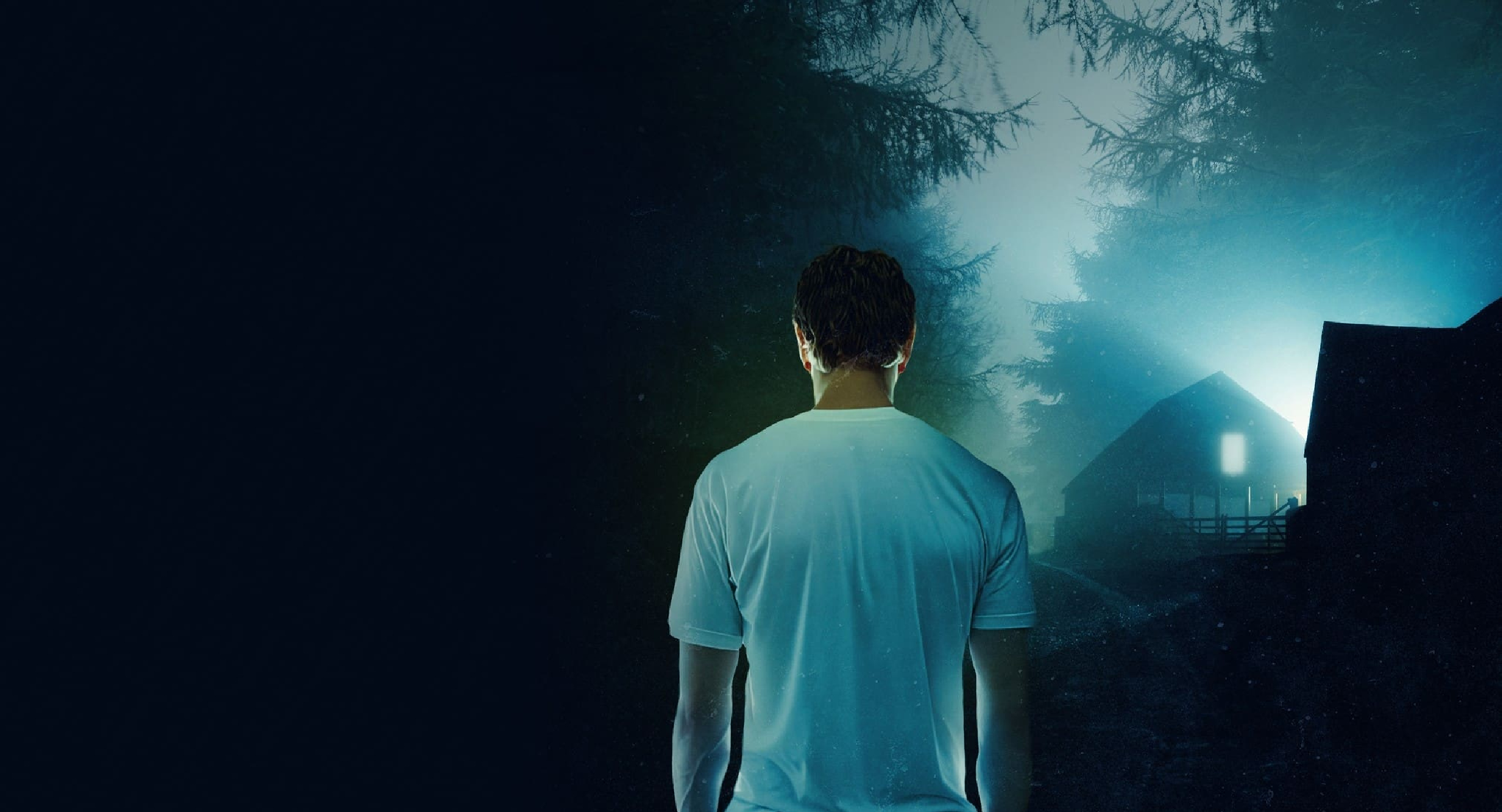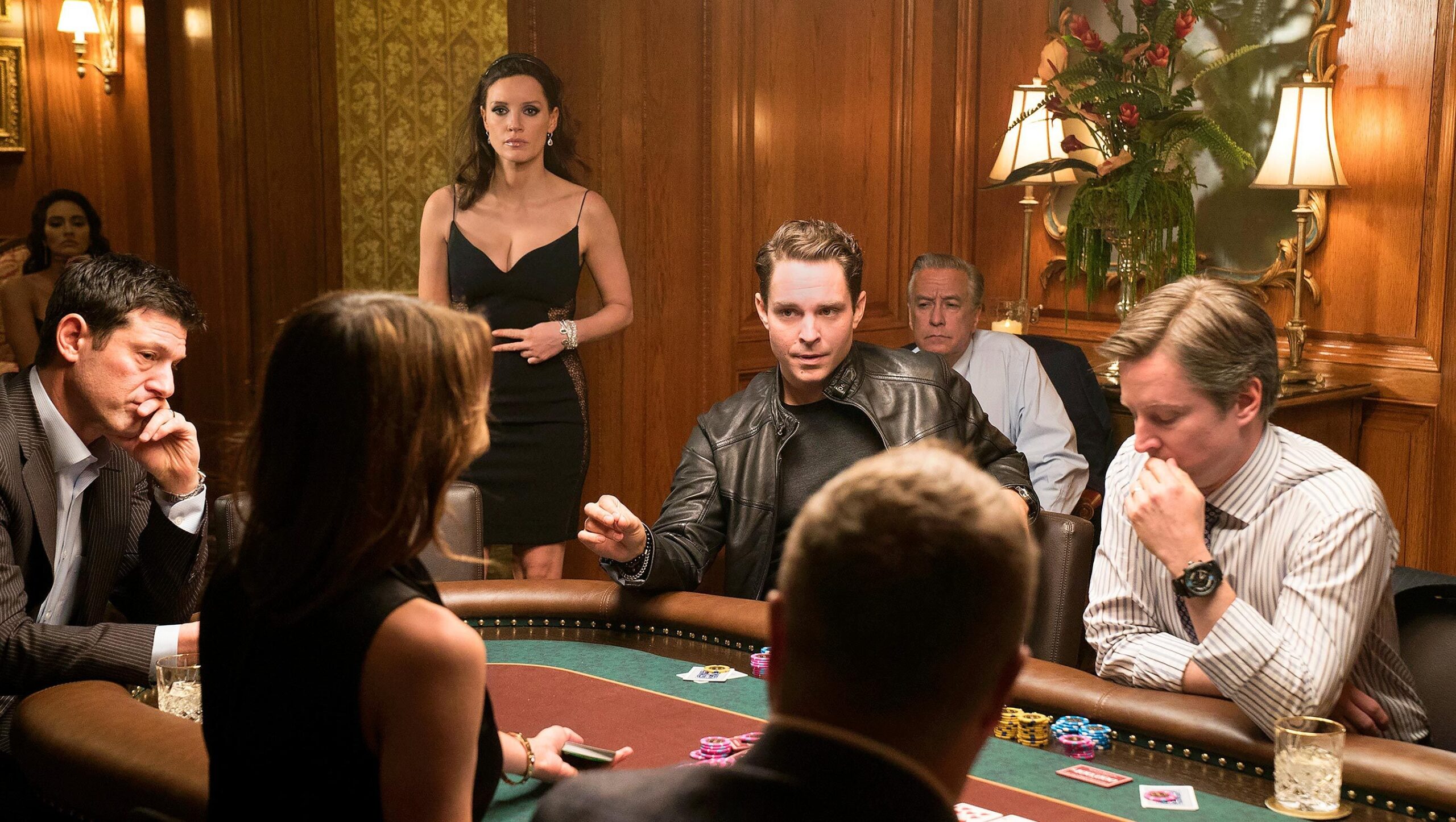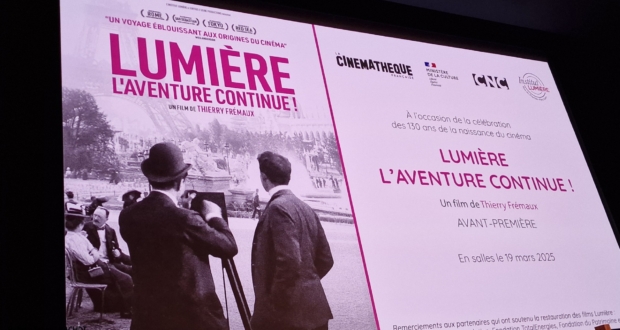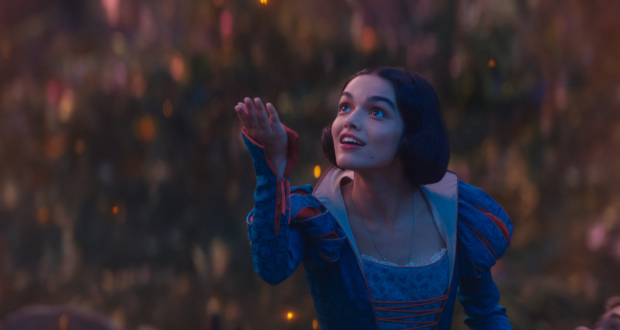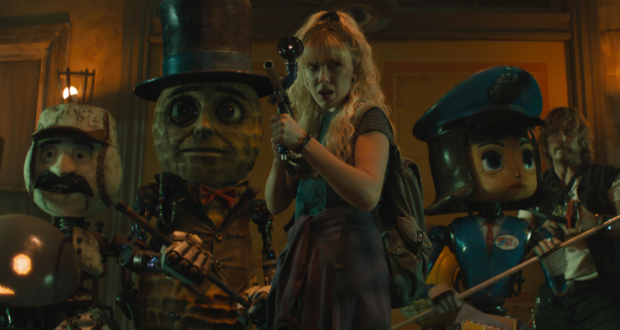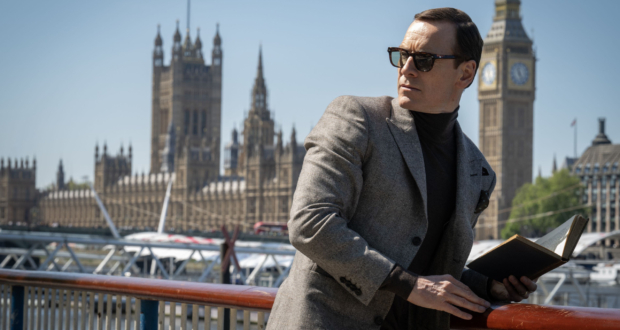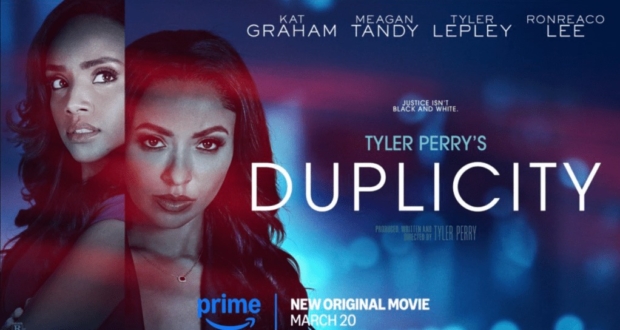Trapped in the Cabin attempts to weave a web of mystery and suspense within the confines of a remote cabin, promising audiences an intriguing tale of isolation, romance, and paranoia. However, while the film’s premise holds the potential for a captivating psychological thriller, its execution leaves much to be desired, resulting in a disappointing cinematic experience.
The story revolves around Rebecca Collins (Tiffany Smith), a struggling writer seeking inspiration in the seclusion of a rustic cabin, a decision orchestrated by her editor to help her overcome her creative block. The film’s initial sequences paint a vivid picture of the cabin’s isolation, surrounded by towering trees and nestled amidst a tranquil forest, effectively conveying a sense of unease that sets the stage for the unfolding events.
The Bad:
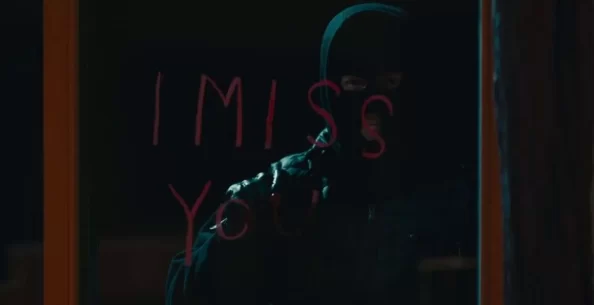
Tiffany Smith’s portrayal of Rebecca carries a sense of vulnerability that draws the viewer in, and her performance during the early interactions with the cabin’s handyman, Jason (David James Lewis), is promising. Their chemistry hints at a budding romance, and the film takes its time to build the tension between them, allowing their relationship to evolve naturally. Unfortunately, this potential is squandered as the plot takes an abrupt turn when Jason mysteriously disappears.
The film’s pacing becomes its Achilles’ heel at this point, as the narrative becomes disjointed and struggles to maintain the previously established atmosphere. The introduction of Nathan Andrews (Travis Burns), a local law enforcement officer who assists Rebecca in her search for Jason, is meant to inject an additional layer of mystery. Regrettably, the introduction of this character feels contrived and fails to provide the necessary depth to make his involvement truly compelling.
One of the most significant shortcomings of Trapped in the Cabin lies in its inability to capitalize on its core elements. The sense of isolation, a pivotal component of any effective psychological thriller set in a remote location, is never fully utilized to create an atmosphere of dread. The cabin itself, which should have functioned as a character in its own right, remains largely underexplored, missing the opportunity to become an integral part of the story’s psychological tension.
Furthermore, the central mystery of Jason’s disappearance and the unsettling feeling of being watched are handled with a heavy-handed approach, sacrificing subtlety for overt exposition. Instead of allowing the audience to piece together the puzzle, the film spoon-feeds information through expository dialogue and conveniently timed revelations, stripping away any potential for genuine suspense. This lack of subtlety hampers the viewer’s ability to become emotionally invested in the unfolding events, resulting in a growing sense of detachment as the plot progresses.
The climax of the film attempts to tie together the various narrative threads, but by this point, the audience’s engagement has waned significantly. The resolution feels rushed and lacks the impact that a well-earned revelation should deliver. A twist that should have been shocking falls flat due to the film’s inability to build up to it effectively, and the resolution of the central mystery feels more like an afterthought rather than a satisfying payoff.
The Good:
On a positive note, the cinematography of Trapped in the Cabin manages to capture the beauty of the remote setting, creating visually striking moments that stand out amidst the film’s shortcomings. The juxtaposition of the serene natural landscapes with the growing tension within the cabin offers glimpses of the potential the film could have realized with a more cohesive narrative.
Overall:
Trapped in the Cabin presents an enticing premise that is ultimately undermined by its execution. The film’s inability to fully harness its core elements – isolation, mystery, and psychological tension – results in a missed opportunity for a compelling psychological thriller. Despite promising performances from the cast, notably Tiffany Smith’s portrayal of Rebecca, the disjointed narrative, heavy-handed exposition, and rushed resolution prevent the film from achieving the level of suspense and engagement it aspired to. While the cinematography offers occasional moments of visual allure, it isn’t enough to salvage a film that ultimately falls short of its potential.
Trapped in the Cabin Review: A Jarring and Painfully Bland Thriller
-
Acting - 5/10
5/10
-
Cinematography/Visual Effects - 6/10
6/10
-
Plot/Screenplay - 3/10
3/10
-
Setting/Theme - 3/10
3/10
-
Watchability - 4/10
4/10
-
Rewatchability - 2/10
2/10
